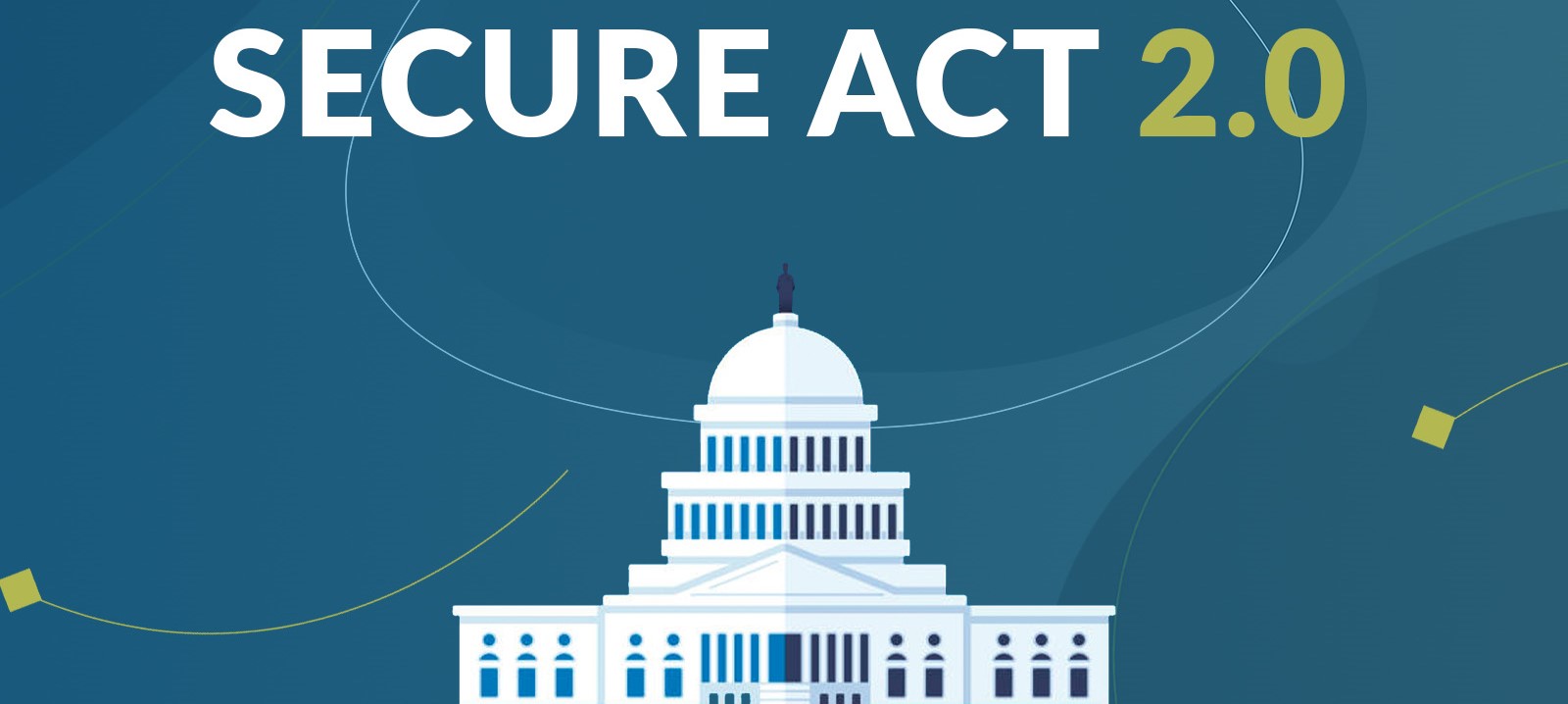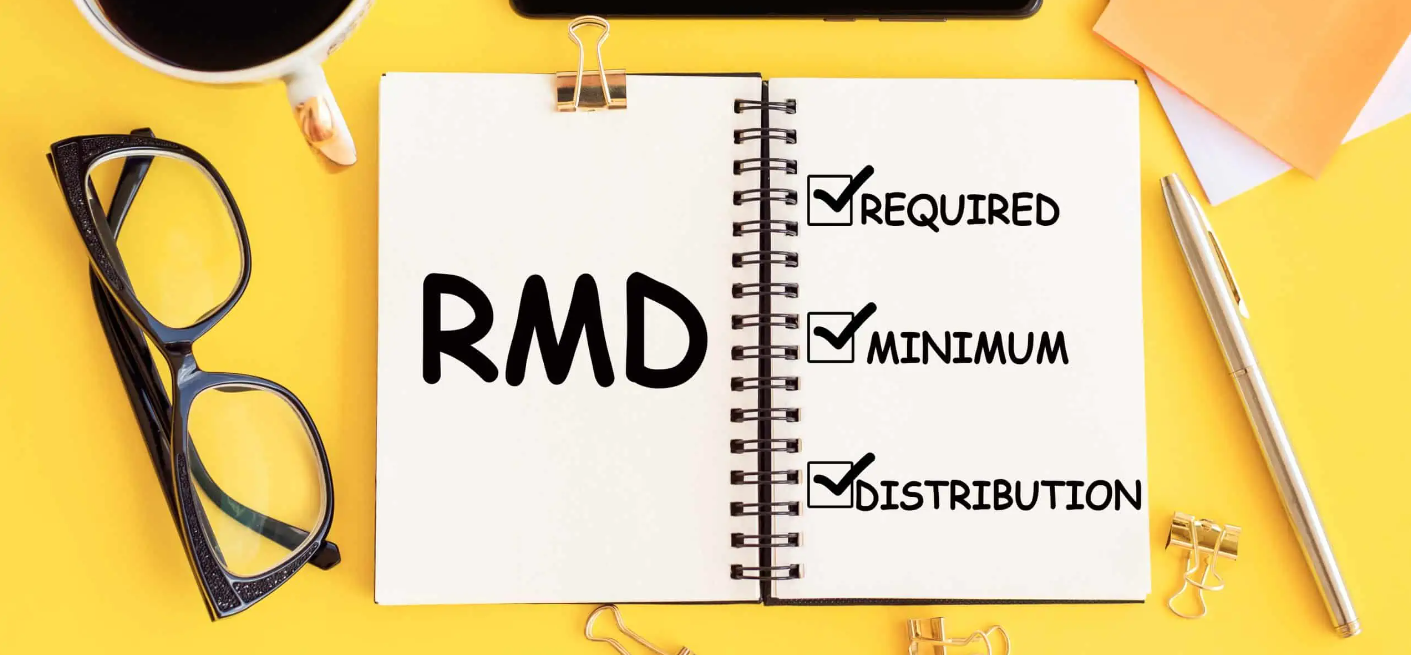This holiday season Congress has given us SECURE 2.0. With no time to spare to avoid a government shutdown, they passed the $1.7 trillion Consolidated Appropriations Act of 2023 and sent it off to the President for signature. Tucked inside the more than 4000 pages of legislation, you can find SECURE 2.0.
While this “Son of SECURE” is not a game changer, many changes will still affect IRA owners and beneficiaries. On the contrary, for employer plans, there are significant changes. However, not everything is effective for 2023. Some provisions are delayed for a few years.
Here are some highlights:
RMD age will increase to 73 for 2023:
Later, it will rise to 75, but not for a decade.
Savers Match introduced:
The underutilized Saver’s Credit, intended to help lower-income savers, has been overhauled. The program will be a government match paid directly to retirement accounts. But that won’t be effective until 2027.
IRA catch-up indexed:
Individuals who are age 50 or over can make an additional catch-up contribution of $1,000. Additionally, this amount will be indexed for inflation starting in 2024.
Supercharged plan catch-up contributions:
Starting in 2025, individuals who are ages 60 – 63 will be eligible to make larger catch-up contributions.
More “Rothification”:
The trend toward “Rothification” continues as Congress seeks immediate tax revenue. SEP and SIMPLE plans can allow Roth contributions beginning in 2023. Further, all plan catch-up contributions for age 50-or-over higher income employees must be Roth contributions, starting in 2024. Finally, beginning immediately, plans can allow employer-matching contributions on a Roth (after-tax) basis.
New exceptions to the 10% early distribution penalty:
While retirement accounts are supposed to be for retirement, Congress recognizes that funds may need to be tapped early. SECURE 2.0 creates some new exceptions to the 10% early distribution penalty. Among these are disaster relief, domestic abuse, terminal illness, and emergency need. Some of these are effective right away, but others don’t kick in until down the road.
Higher SIMPLE contributions:
Beginning in 2024, higher salary deferrals to SIMPLE IRAs will be allowed as well as additional nonelective contributions.
Rollovers from 529 plans to Roth IRAs:
In response to concerns that unused funds could be trapped, Congress is allowing 529 plan funds to be rolled over to Roth IRAs. The limit is $35,000 and the 529 plan must be open for more than 15 years. This becomes effective in 2024.
Expanded QLACs:
The 25%-of assets limit is repealed, and up to $200,000 can be used from an account balance to purchase a QLAC.
Penalty for missed RMDs reduced:
The hefty 50% penalty for missed RMDs is reduced to 25%. If the missed RMDs are corrected in a timely manner, the penalty is further reduced to 10%.
EPCRS for IRAs:
The IRS self-correction program, called the Employee Plans Compliance Resolution System (EPCRS), will be expanded to include inadvertent IRA errors.
Expanded QCDs:
A one-time, $50,000 qualified charitable distribution (QCD) to a charitable gift annuity, charitable remainder unitrust, or a charitable remainder annuity trust is permitted. Also, the QCD limit of $100,000 will be indexed for inflation beginning in 2024.
Repayment of qualified birth or adoption distributions:
The SECURE Act included a provision that allows individuals to receive penalty-free distributions in the case of birth or adoption. There was no time limit on repaying these distributions. There will now be a three-year time limit.
NOT in SECURE 2.0.
What is also notable is what did not make the cut. While there was talk of shutting down back-door Roth conversions, addressing the confusion with RMDs during the 10-year payout period under the SECURE Act, and expanding QCDs to plans, none of these items were included in the final legislation.
Stay Tuned in 2023
Keep tuning into the Slott Report in the new year! We will be talking about all the changes from SECURE 2.0, plus all other developments that affect your retirement account. The year 2023 promises to be a busy one. We will keep you up to date with the latest news.
By Sarah Brenner, JD
Director of Retirement Education











